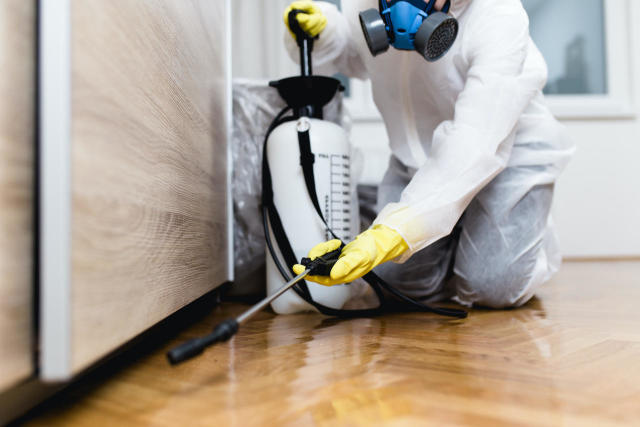In the realm of pest management, the term “extermination” carries significant weight. It embodies the proactive approach to eliminating pests that have infiltrated our living spaces, posing threats to health, property, and peace of mind. From minuscule ants to elusive rodents, pests can wreak havoc if left unchecked. Hence, integrating extermination into a routine pest prevention plan is paramount to maintaining a healthy and habitable environment.
Understanding Extermination: A Comprehensive Approach
Extermination is not merely about eradicating visible pests; it entails a comprehensive strategy encompassing identification, assessment, and elimination. Professional exterminators employ a range of techniques tailored to the specific pest infestation, ensuring thorough eradication while minimizing environmental impact and safeguarding human and pet health.
Identification: The First Step Toward Eradication
The foundation of any successful extermination endeavor lies in accurately identifying the pest species. Different pests exhibit distinct behaviors and vulnerabilities, necessitating tailored extermination methods. Whether dealing with cockroaches, termites, or bedbugs, precise identification enables exterminators to devise targeted strategies for effective eradication.
Assessment: Evaluating the Extent of Infestation
Once the pest species is identified, the next step involves assessing the extent of infestation. This entails determining the scope of the problem, identifying entry points, and evaluating potential hiding spots. A meticulous assessment allows exterminators to formulate a strategic plan of action, addressing both current infestations and mitigating future risks.
Eradication: Implementing Effective Pest Control Measures
Armed with knowledge garnered through identification and assessment, exterminators proceed to implement pest control measures with precision and efficiency. Depending on the severity of the infestation and the type of pest involved, extermination methods may include chemical treatments, traps, baits, or biological control agents. The goal is not only to eliminate existing pests but also to disrupt their reproductive cycles and prevent re-infestation.
Integration with Routine Pest Prevention Plans
While extermination serves as a crucial intervention during pest outbreaks, its efficacy is maximized when integrated into a comprehensive routine pest prevention plan. Such plans are designed to create inhospitable conditions for pests, thereby minimizing the likelihood of infestations and reducing the need for reactive extermination measures.
Key Components of a Routine Pest Prevention Plan
- Sanitation Practices: Maintaining cleanliness and hygiene is fundamental to pest prevention. Regular cleaning, proper waste management, and eliminating food and water sources deprive pests of the resources they need to thrive.
- Sealing Entry Points: Pests often gain access to buildings through tiny cracks, gaps, and openings. Sealing these entry points with caulk or other suitable materials acts as a barrier, preventing pests from infiltrating indoor spaces.
- Landscaping and Exterior Maintenance: Trimmed vegetation, well-maintained yards, and proper drainage systems discourage pests from nesting near buildings. Regular landscaping and exterior maintenance activities contribute to creating an inhospitable environment for pests.
- Routine Inspections: Regular inspections conducted by trained professionals enable early detection of pest problems. Timely identification allows for prompt intervention, preventing minor issues from escalating into full-blown infestations.
- Education and Awareness: Educating occupants about potential pest threats, proper sanitation practices, and early warning signs of infestations empowers them to contribute to pest prevention efforts effectively.
Conclusion
Extermination plays a pivotal role in maintaining pest-free environments and safeguarding health, property, and well-being. When integrated into a comprehensive routine pest prevention plan, extermination serves as a proactive measure against pest infestations, minimizing risks and ensuring long-term effectiveness. By embracing a holistic approach to pest management, individuals and communities can create healthier, more sustainable living spaces for generations to come.



